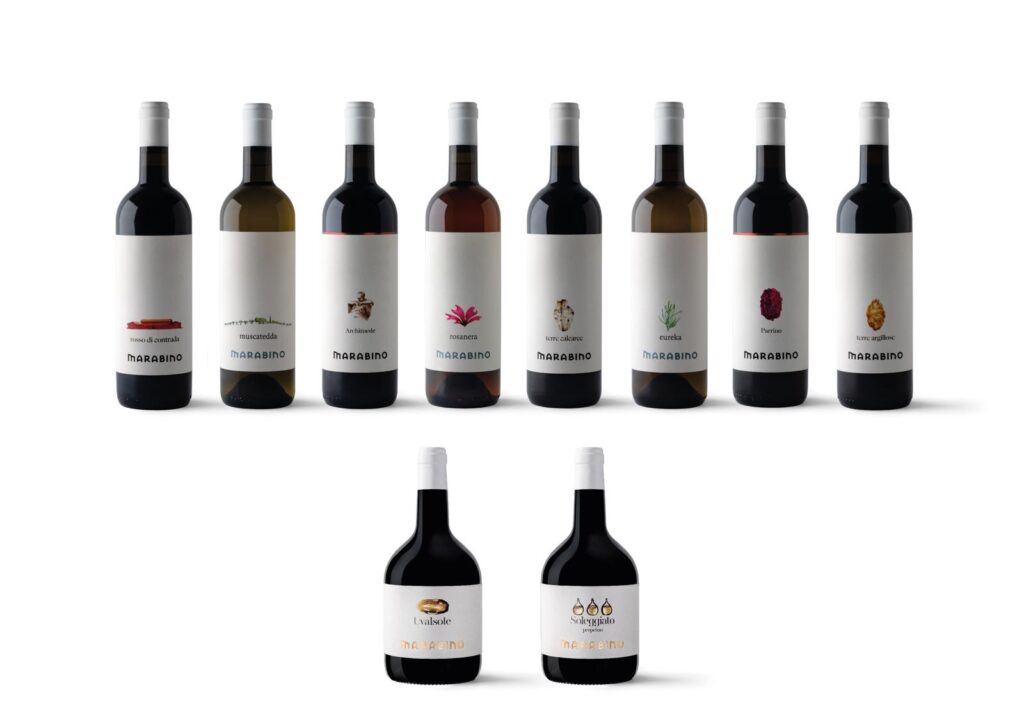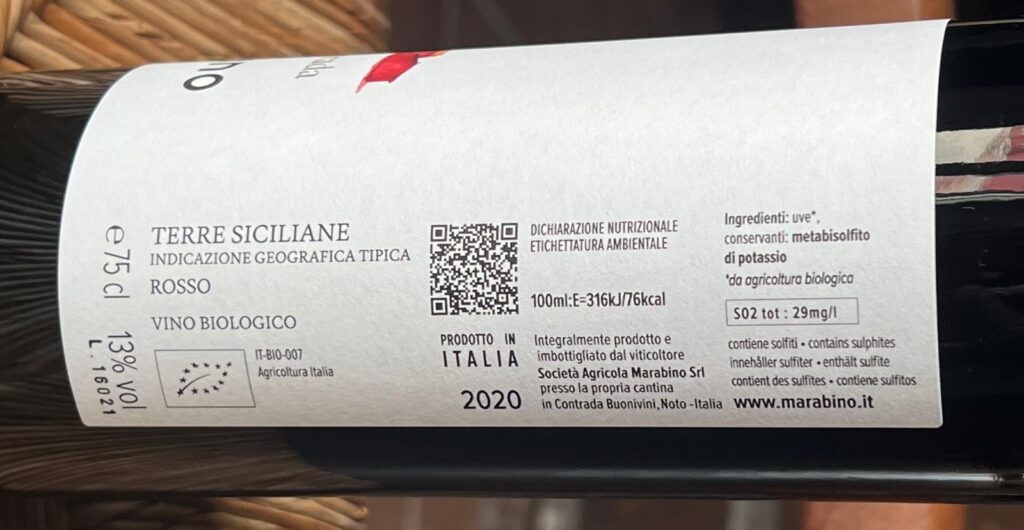Dear friend,
A wine label is a bit like a person’s face. If you have already met that person you will recognize them at first glance. If it’s the first time you’ve seen them, you can get a first idea from that of what they might be like, what they might contain.
There are many labels on the market, from the more classic ones that lead back to traditional old-fashioned wines, serious and austere, up to the more modern ones, often linked to the world of natural wine (with almost cartoonish images, with colors and drawings that seem made by a child, whimsical and fun, defined by many as “funky labels” like the wines they contain: simple and easy to drink). Not only that, however: in addition to just the graphic aspect, each label contains a series of information that can tell us more, much more, about that wine.
From a legislative point of view, there are obligations and prohibitions that must be respected, but often, especially for smaller producers, some non-compliances escape the control of the relevant bodies. First of all, the classification of a wine must be indicated, i.e. whether the wine claims a DOCG, a DOC, an IGT or perhaps a generic wine, be it white, red, rosé, sparkling wine etc. If the wine is organic, the certification must be indicated with the logo and the code of the certifying body. Other obligations are linked to the alcohol content, the size of the bottle, i.e. how much product is inside (usually 0.75 litres), and the bottling batch, which is useful for limiting any fraud.

The grape variety used to produce a wine is not always allowed to be written: it depends on the various classifications. Here in Marabino we have never embraced the idea of talking about vines on the label, in our opinion it is an industrial approach in which the variety is exalted and not the place where it is produced. For us, the most important thing is to talk about territory, if a variety can be planted anywhere a territory cannot be replicated. This is why we think of ourselves as producers of “Val di Noto” wines, and only secondarily of “Nero d’Avola” or “Moscato Bianco”. It is a substantial difference, all over the world it is possible to produce “Sangiovese”, only in Tuscany “Chianti Classico” or “Brunello di Montalcino”. This is why for years we have been claiming the importance of our place, unique and inimitable,where “Nero d’Avola” and “Moscato Bianco” have found a home, expressing themselves in a unique and inimitable way, even within Sicily itself.
It is possible to indicate the vintage on the label if at least 85 percent of the grapes were harvested in that year. It’s an important thing: wine, as an agricultural product, is strongly influenced by the climatic conditions of each vintage. We always use 100 percent of the grapes, we prefer that our wines are always a faithful reflection of the vintage shown on the label.
Another interesting aspect concerns bottling: many producers produce and bottle in third-party facilities as they do not have an authorized cellar or bottling line. In this case we will find on the label the words “produced and bottled by”, followed by a code linked to the person authorized to bottle it. In the event that the producer has a complete production chain, as in our case, the wording is “entirely produced and bottled by” with the place where the cellar is located specified.

“Contains sulphites” is a mandatory statement for all wines if the total sulfur content exceeds 10 mg/litre. Below this threshold it can be written on the label “Without added sulphites”, as in the case of our “Soleggiato” and our “Uvalsole”, wines in which sulfur dioxide does not exceed 5mg/litre. The permitted levels of sulfur dioxide vary whether the wine is certified organic or not, but unfortunately there are not many companies that are completely transparent in this regard, which is why we have decided to write the actual total quantity of sulfur dioxide in each of our wines on the label, and furthermore, with the new European regulations we have added to the label:
- the list of ingredients (where additives and adjuvants must be specified, if allergenic), we however only use organic grapes and metabilsulfite
- the calorie content of each bottle
- the nutritional values of the wine, which in our case can be read by scanning a QR code
We like to think that we give you all the certain, verifiable information. If you want to know more about how a wine was produced you can check the relevant sheet on our website. As regards the organoleptic characteristics, the scents that each of us senses in the glass, we think that everyone has a different subjectivity from others, which is why we prefer not to write anything and leave you free with your very personal sensations.
See you next time!
Pierpaolo Messina
